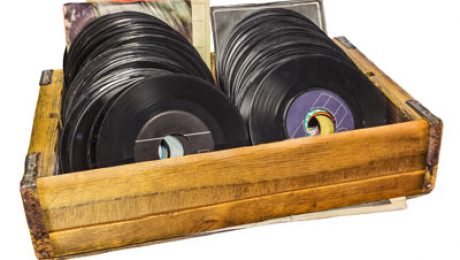Kemp R. Niver was born in Los Angeles, CA, in 1911, and served in the Navy throughout the second World War. Niver also had other occupations, including investigator for the L.A. district attorney’s office, and freelance bodyguard and private investigator. Despite these roles, Niver is probably best known for his role in the paper print
With a slew of Oscar nominations at the 2010 Academy Awards, The Hurt Locker certainly has earned its spot in the world of motion pictures. With wins including Best Picture, Best Director, and Best Original Screenplay, as well a nominations for Best Cinematography and Best Actor, this film certainly has a long lost of accolades
Judging the performance of a particular scanner goes a lot further than just the scanning instrument itself. Of equal importance is the performance level of the driver, which is responsible for reproducing an image after processing the info from the scanner. When it comes to a scanner that incorporates high quality in both of these
Many music lovers who have accumulated a myriad of vinyl LPs over the decades – especially during the 60’s, 70’s and 80’s – cherish their collections. Such complications are highly coveted and often treated as antiquities, which are sometimes played from time to time on traditional record players. As such, it’s quite a reach for
Today’s generation is obsessed with using photographs. Earlier, people used to go to nice studios and wait for occasions to get their pictures clicked. However, now it is considered happening and fashionable to click photographs everywhere and anywhere. People use old pictures for gifting purpose, creating collage’s etc. So, I hope this piece of writing
PAL PAL is the analog video format that was first introduced in 1967, developed by Walter Bruch in Germany. Short for “Phase Alternating Line”, PAL is used in most of Europe, Australia, and a few South American, African and Asian countries. PAL was given its name because the color information on video signals is in
Back in its time, laserdiscs were competing with other video playing formats, including VHS cassette tapes. The laserdisc had its advantages and disadvantages in comparison to the VHS tape. LaserDisc Vs. VHS There was simply no comparison when it came to the picture quality of the laserdisc back in its prime in the early 80’s.
The first industrial LaserDisc player to be mass-produced and available for outside use was the MCA DiscoVision PR-7820, which later was rebranded and became marketed as the Pioneer PR7820. In the late 70’s and early 80’s, this laserdisc player was used quite extensively by many GM dealerships across Canada and the US as a means
Although LaserDiscs boasted some impressive technology back in the late 70’s and early 80’s, there are obvious drawbacks when compared to today’s technology in DVDs. Some of these disadvantages include: ▪ Heavy weight (approximately 0.5 pound) ▪ Prone to damage when handled improperly ▪ Cumbersome ▪ More noise generated when spun due to the increased

